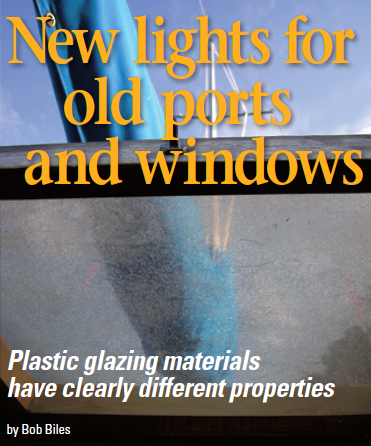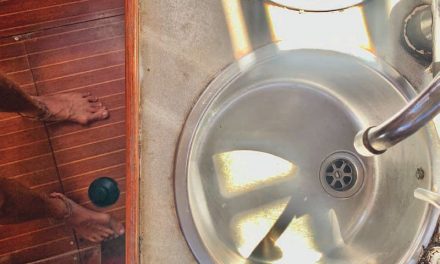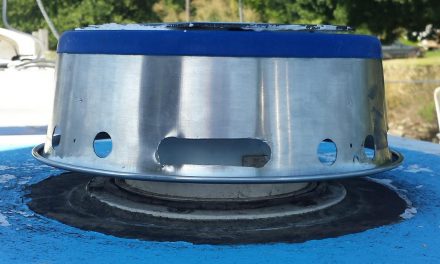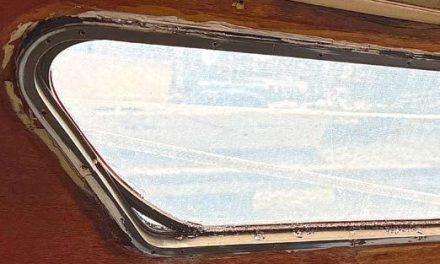 Polishing Acrylic and Polycarbonate
Polishing Acrylic and Polycarbonate
To successfully polish a damaged or weathered plastic surface, you need the correct polish, clean surfaces, a gentle touch, and real patience.
Hard minerals, finely ground to a uniform particle size, are the active ingredients of polishes. Industrial compounds, made for use with power tools, usually come in brick form, where the particles are combined with an inert clay binder. These compounds are graded by their aggressiveness. An old grading system divides compounds into three types: cut, cut and color, and color. Cutting compounds are used for removing residual roughness in metals, for example from milling operations or casting. Coloring compounds are the finest grade and are the best choice for polishing plastics.
Because plastics are soft materials, machine buffing can be a delicate process. A hard buffing wheel, high wheel speed, too much pressure, or a coarse compound can overheat the plastic surface, and even wear away a deep groove before you know it. Stress resulting from overheating can cause crazing, fogging, or discoloration after exposure to weather. Cutting grooves in your windows is always bad. Hand polishing can be tedious, but will give good results if you use the right materials and procedures.
The basic grades of compounds are also available in more convenient liquid or soft paste forms for hand polishing. Their descriptions may vary from the old standard grades. Cutting compounds are the most aggressive, rubbing compounds are intermediate, and polishes are essentially coloring compounds. Polish is what you want, but not all polishes are good for plastics. Some liquids or pastes may contain solvents or other ingredients that aid in polishing metals but can chemically attack plastic surfaces. Make sure that your polish is either made for or compatible with plastics.
The surface you intend to polish must be clean. Marina grit and salt are more aggressive than the compound you will use, and you can wind up with a bigger mess than you started with. Your first step should always be a thorough freshwater wash. If you have no dedicated polishing cloths, an antiseptically clean T-shirt is usable. Terrycloth towels can act like sandpaper on softer plastics, especially vinyl.
Polish a few square inches of dry surface at a time, using a few drops or a small dab of polish on your rag. Make circular strokes using light pressure and overlap your strokes as you work the area. Pushing hard doesn’t work. Press just firmly enough to let the polish do the work. There should not be much polish residue left after you have completed your small area. Wipe with a clean rag and inspect. If it passes, proceed. If not, repeat.
Acrylic surfaces tend to be a little harder than those of polycarbonates. That makes them somewhat harder to scratch and a bit more tolerant of lazy polishing technique. Polycarbonates need a softer touch. Remember that the UV coatings on the outdoor grades are very thin. A very fine grade of polish, a light touch, and patience are even more important with softer grades of plastic. Polishes made for the softest materials, such as vinyl dodger windows, can be used on any type of plastic on your boat.
![]()
This is a supplement to the article printed in Good Old Boat magazine, March 2010




